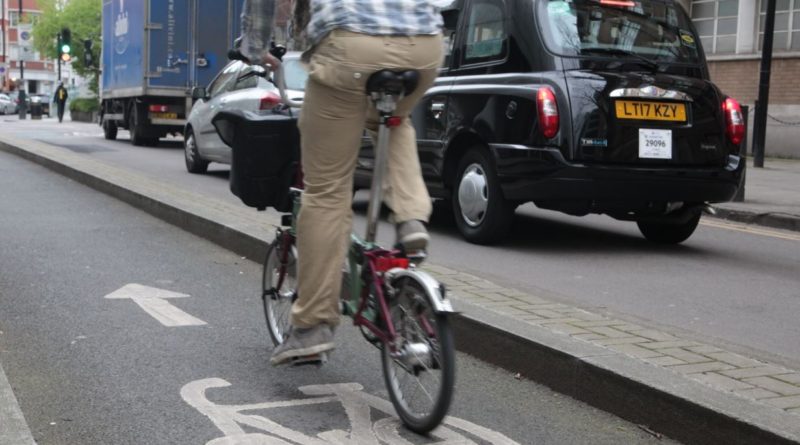Cycling infrastructure design standards due “by summer”
Long-overdue guidance for local authorities detailing cycling infrastructure design standards will be available “by summer”, Minister Chris Heaton-Harris has said while speaking in the House of Commons.
Coming in response to a question from Ruth Cadbury, Labour MP for Brentford and Isleworth, Heaton-Harris further outlined that, in order to qualify for Government funding, local authorities would have to adhere to the guidance.
Cadbury put forwards to the house: “To ask the Secretary of State for Transport, with reference to the Answer of 5 March 2018 to Question 130509 on Cycling and Walking: Infrastructure, when he plans to publish an updated version of his Department’s guidance, Cycle infrastructure design.”
Heaton-Harris responded: “On 9 May the Government announced a £2 billion package of funding for cycling and walking over the next five years. The Government intends to publish the updated version of the Department’s cycle infrastructure design guidance in the summer, and will make clear its expectation that the guidance must followed for all cycling schemes supported by Government funding.”
Campaigners for safe cycling infrastructure have been calling for design guidelines for several years, with many pointing to painted roads as a waste of limited budgets given that no physical separation is given from larger vehicles. With campaigners now anticipating that the electric scooter will soon be a feature of our towns and cities, design standards will further need to take into account how shared use might work with vehicles like this.
A poll published on behalf of thinktank Centre for London and London Environmental Directors’ Network has found that, in the capital, almost 70% of citizens are in favour of the temporary widening of pavements to aid social distancing, while two thirds support the temporary provision of new cycle lanes, or widening of existing lanes. 57% of those surveyed support making the temporary cycling measures permanent.
Sustrans is one organisation that has been data collecting in a bid to influence the infrastructure design standards. The sustainable transport charity is factoring in larger cycles and cargo bikes, which often have differing turning circles and lower agility into their research.
“We have designed some experiments to understand how cycles move. We went out on the streets of London and recorded key data such as the speed, lean angle and how tight we could turn bends. We recognised there was a gap in the tools available when designing cycle infrastructure,” said Giulio Ferrini, Sustrans’ Head of Built Environment when speaking on the project.
Released this morning, Northern Ireland’s record of cyclists killed of seriously injured on roads between 2014 to 2018 came to light, posting a 74% rise over the 2004 to 2008 baseline; 6% of all KSIs on the road.



